#AlienEcosystems
Explore tagged Tumblr posts
Photo
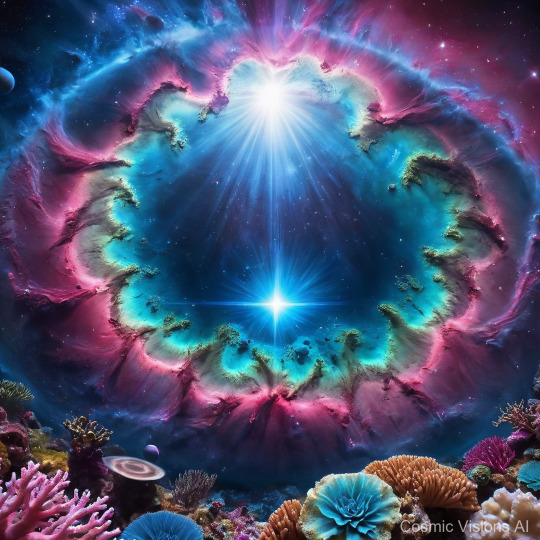
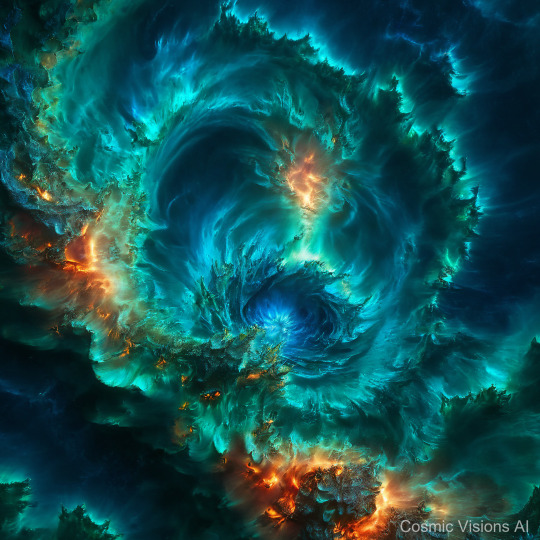
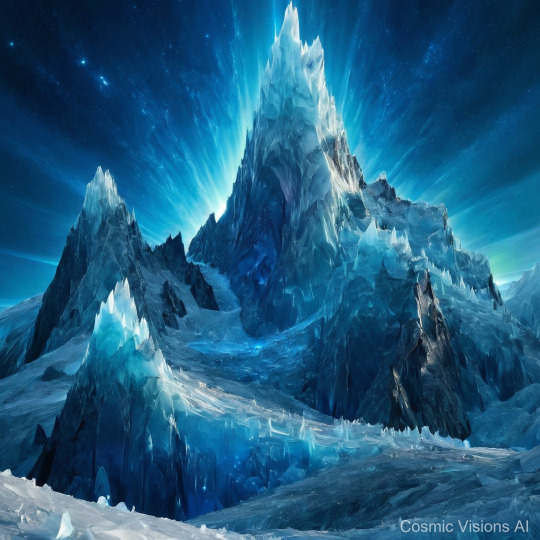
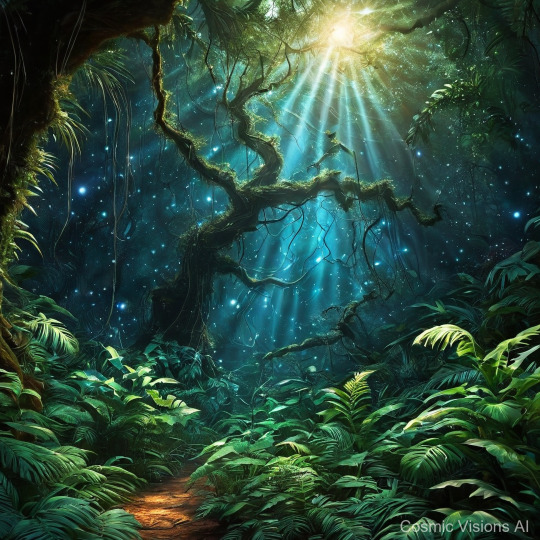
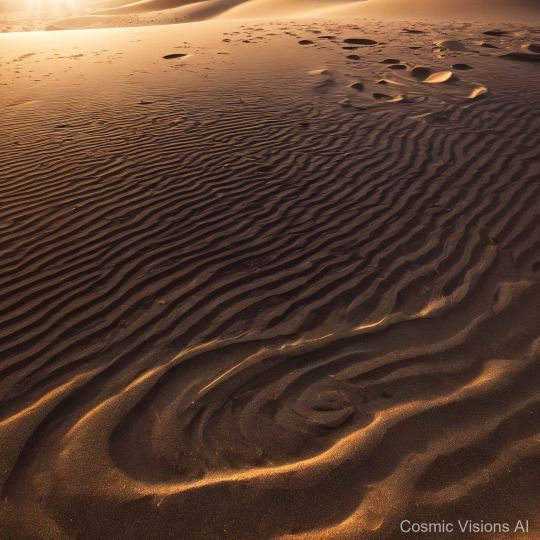
Planet Xylenia gleams in the vast cosmos, shrouded by turquoise mists suggesting an atmosphere dense in oxygen and nitrogen. This gem-like world, approximately the size of Mars, presents a surreal tapestry of starkly contrasting biomes visible from space. Its oceans exhibit fluorescent coral reefs sprawling vibrantly beneath shallow waters. On the surface, Xylenia dazzles with its extensive crystalline desert wastelands, where shimmering sands reflect the planet's twin suns, creating a mirage of incessant luminescence. To the north, colossal mounts crowned with icy sapphire spires pierce the sky, their frost-coated peaks reflecting sunlight with a brilliant, glacial gleam that is visible even from orbit. Equatorial regions are veiled by a dense bioluminescent jungle, thriving with flora and fauna emitting soft glows, turning the landscape into an ever-lit oasis, pulsing with life under starlit skies. Each biome, uniquely inhospitable and splendid, crafts a planet of stark beauty and overwhelming diversities in climate and ecological spectacles.
#VibrantCoralReefsPlanet#CrystalineDesertWasteland#FrostedSapphirePeaksWorld#BioluminescentJungleOasis#SpacePhotography#GalacticBeauty#ExtraterrestrialWonders#CosmicLandscapes#AstroAdventures#AlienEcosystems
0 notes
Photo
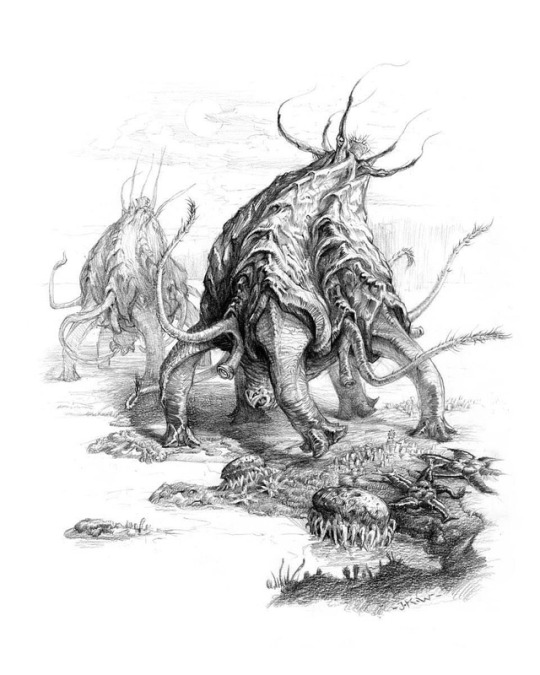
"Tortoises of Nod", 11" x 14" graphite on Bristol, 2019 I've been enjoying #adriantchaikovsky 's 'Children of Ruin', and wanted to illustrate a slice of the alien ecosystem he describes inhabiting the salt marshes of a planet called Nod. Most Noddian life is radially symmetrical, and great colonies of bacteria, motile many-legged 'rocks', and various flat starlike organisms blanket the shores of an acrid salt marsh. Feeding upon this blanket with an array of tentacles and ventral mouths are the ponderous 'tortoises'; so named by lonely human explorers because of their large shells though they bear no real resemblance to the earthly reptiles. While they are structurally radially symmetrical and can amble in any direction without turning their bodies, I thought it could be interesting if the shell of the 'tortoises' twisted a bit as they grew. Swipe to see some thumbnails and concept sketches! #childrenofruin #childrenoftime #alien #creaturedesign #speculativeevolution #scifi #scifiart #drawing #nod #alienecosystem #fantasyart #illustration #graphitedraeing #wearegoingonanadventure https://www.instagram.com/p/B3Chy4gHl8M/?igshid=1wc1mjaetox1o
#adriantchaikovsky#childrenofruin#childrenoftime#alien#creaturedesign#speculativeevolution#scifi#scifiart#drawing#nod#alienecosystem#fantasyart#illustration#graphitedraeing#wearegoingonanadventure
55 notes
·
View notes
Photo

Day 9 sharing my #Numenera art! Tis the mighty "Cragworm", a rather thorny variant on its more familiar cousins, the #sandworm and the mindworm. Arguably the apex predator of the Numenera wilds. #scifi #scifiart #scifidaily #sciencefiction #scifisaturday #alienecosystem #monster https://www.instagram.com/p/B8m22ERDC0f/?igshid=ruqhwcs4zegn
3 notes
·
View notes
Photo



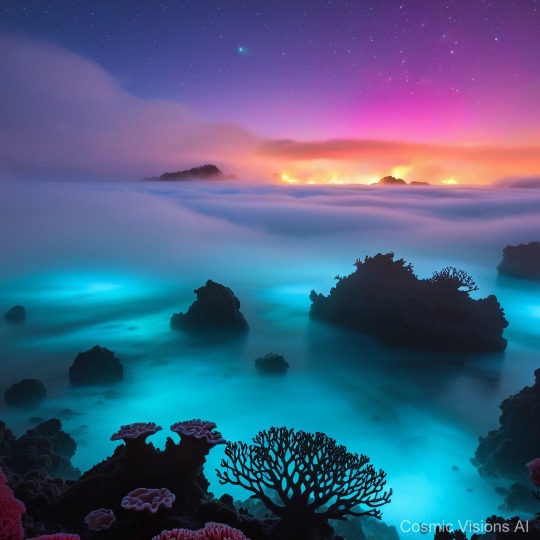

Planet Luminaqua orbits an aged yellow star on the outer skirts of the Viridian Galaxy. Characteristically small, perhaps only one-third the mass of Earth, Luminaqua is vividly distinguished by its glimmering azure hue visible from space. The action of light scattering through a dense, hydrogen-rich atmosphere gives rise to this striking iridescence, an atmosphere that extends significantly further than one would expect for a planet of its size. Upon descent, a world of oceanic splendor reveals itself. The surface of Luminaqua is almost entirely water, punctuated only sporadically by small, barren islets devoid of any notable flora or fauna. However, beneath the billowing waves and turbulent shadows of the omnipresent cyclonic storms, lies the planet’s crowning jewel: expansive bioluminescent coral reefs. These reefs are not merely an underwater phenomenon but the backbone of Luminaqua's marine ecosystem. Radiating an ethereal palette of neon blues, purples, and greens, the coral seems to conduct the ocean's rhythm, pulsating in harmony with the tides. The luminescence is biologically advantageous, attracting various species of photophilic zooplankton, which in turn sustain a higher trophic level of unique, translucent fishes. The dynamic weather above does little to perturb the bustling life below - hurricanes trek across the ocean’s face frequently, powered by the rapid heat exchange of the watery surface and regulated by the planet's swift rotational velocity. Luminaqua's bioluminescent reefs, though isolated in the cosmos, remind us of the persistent allure and resilience of life, and the myriad forms it can take beneath the gaze of distant suns.
#BioluminescentCoralReefs#DeepSpacePhotography#UnderwaterAstronomy#Astrophotography#CosmicCoral#SpaceExploration#GalacticReefs#AlienEcosystems#NeonSeas#CelestialCorals
1 note
·
View note